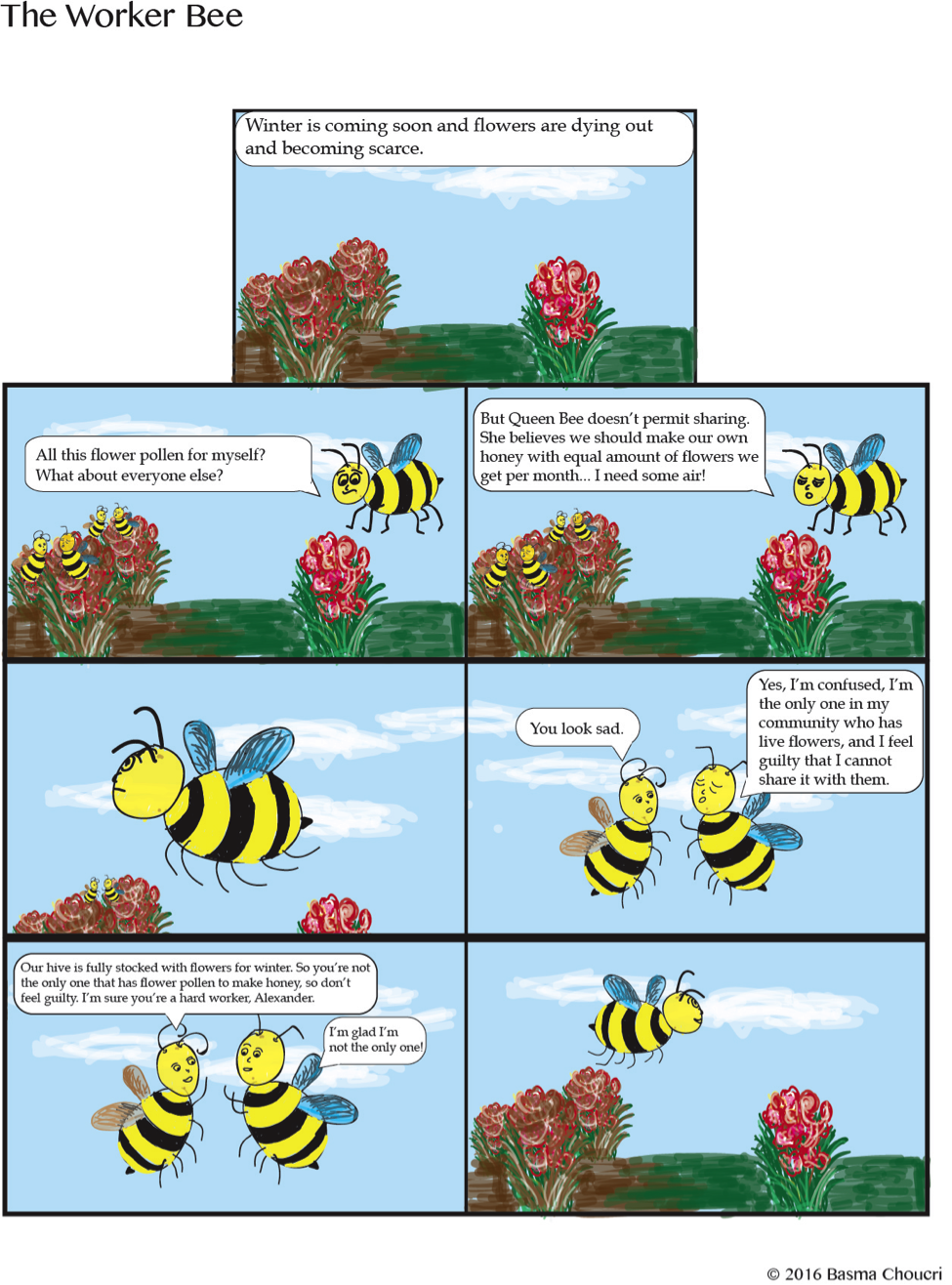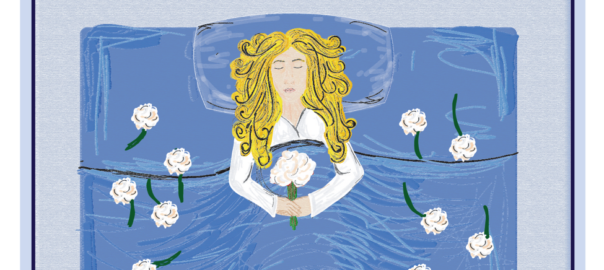How would you market the humanities? How would you change your marketing method for the worker bee who is tired and frustrated versus the shy red panda who isn’t quite integrated into the social fabric of society?
Professor Odekhiren Amaize at the American University in Dubai charged his students with the task of branding the humanities as espoused by Douglas B. Holt in How Brands Become Icons –Principles of Cultural Branding (2004) and asked them to identify methods of reaching different publics in Franz Kafka’s The Metamorphosis (1915).
Aciel Awada, Maryam Habib and Tahmeed Omar submitted their response to the assignment for the 4Humanities’ Shout Out to the Humanities student contest last year. Basma Choucri, a Visual Communication undergraduate student at AUD, assisted the team in the creative visuals.
They created a journal titled Spolu after the Czechoslovakian word for jointly, long, and together. Spolu addresses different audiences across three different eras in The Metamorphosis through a similar message of hope and freedom:
“Spolu aims to help stressed workers find hope within their disengaged lives, ruled by societal pressures, so that they can carry on with establishing normality within their own worlds and minds. The idea of Spolu is to deliver that message through different compartments: interviews, feature stories, comic graphical episodes, illustrations, discussion forums about art and music, advice panels, and poetry insertions. All of these aspects will carry the message of hope and freedom to choose a life that our readers desire across all three eras.”
Reaching out to one audience is hard enough, and across different eras is even harder. But the humanities enable people of any background to critique and contextualize their personal circumstances and those of others within the context of culture and history.
While the message of Spolu is similar for each audience—that there is hope and reason in thinking through our circumstances within cultural and historical frameworks and working towards a better world—the method of reaching different people is different.
Comic strips, for example, reach out to audiences through creative and humorous means. “The Worker Bee,” for example, explores the structural and personal complications of sharing in scarcity:
 The Spolu illustrations are stunning for every audience:
The Spolu illustrations are stunning for every audience:
 There are also maps, long form explanations and stories of the importance of the humanities for readers of different backgrounds and interests. Read the full Spolu and see more illustrations here.
There are also maps, long form explanations and stories of the importance of the humanities for readers of different backgrounds and interests. Read the full Spolu and see more illustrations here.
